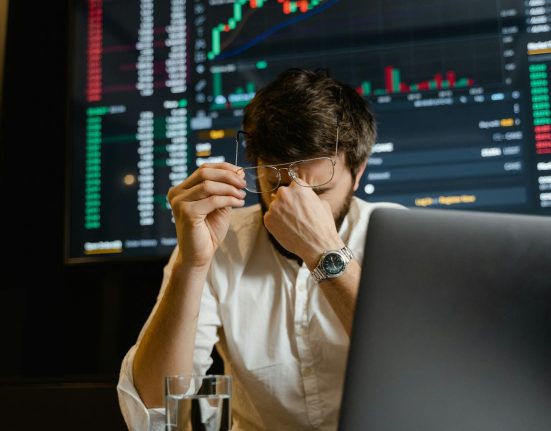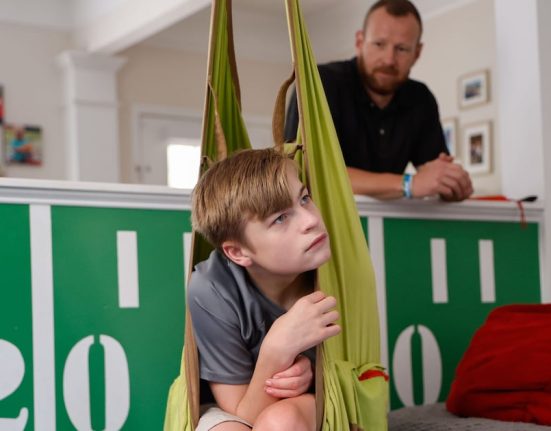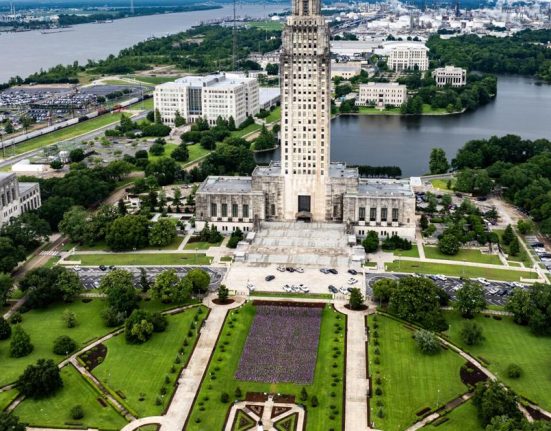Asking prices are settling down, either staying flat or gaining or losing only a little between January and February. Cap rates are flat, month-over-month, across multiple property types. Leasing has also remained steady. However, some property types face market challenges in sales, leasing, or cap rate.
Retail saw a “slight decrease” from January to February, at $261.19 per square foot. The most recent high of $280.24 was in July 2024, so the pattern looks like it’s leveling off. Cap rates at 6.55% were steady between January and February, so investors perceive the asset category as steady in risk and, given cap rate changes, as the least risky asset type. The reason is likely that the category has “demonstrated resilience, with stable occupancy rates and modest growth in lease rates.” There may be trouble soon because of the Trump administration’s tariff strategy, which could lead to slower consumer spending.
Office property prices were stable at $230.49 per square foot in January and February, signaling investor confidence. The median cap rate was 7.08%, a slight decline that might indicate investor appetite. The gap between asking and effective leases has shrunk, so landlords might be offering fewer concessions, a shift that CBRE has seen. Also clear is the ongoing segmentation, with Class B and C buildings struggling while Class A and A+ see the most leasing activity. Although hybrid work remains a constant, there is more of a push to get employees back to the office.
After years of sharp growth, industrial pricing has continued flat — $109.22 in February — since August 2024. Cap rates fell to 7.30%, a 4-month decline from the high of 7.45% in October 2024. It’s a perception of lower risk and looking forward to new pricing expectations. However, industrial is one of the property types that faces additional pressures with the administration’s tariff plans and the uncertainty with which Trump wields them. Stiff tariff charges will push the costs to manufacturers, wholesalers, and retailers, much of which they will have to pass to customers, likely driving down business. That would seem to hurt the industrial market, yet there’s a counterinfluence from tariffs. Chinese e-commerce and third-party logistics providers have been expanding their warehouse and distribution center leasing while other businesses adapt to new and shifting trade policies.
Then there is multifamily, which had a “modest decrease” from January to $162.76 in February and 1.2% absorption, the highest of any main asset class. The sale price per square foot was higher than asking at $189.26, meaning higher-end assets keep attracting capital. Cap rates rose to 7.08%, “suggesting that investors are pricing in higher borrowing costs.” This continues the climb in cap rates that began in May 2024 with a 12-month low of 6.9%. The average vacancy rate is expected to hit 4.9%, with rent growth at 2.6% by the end of 2025.







